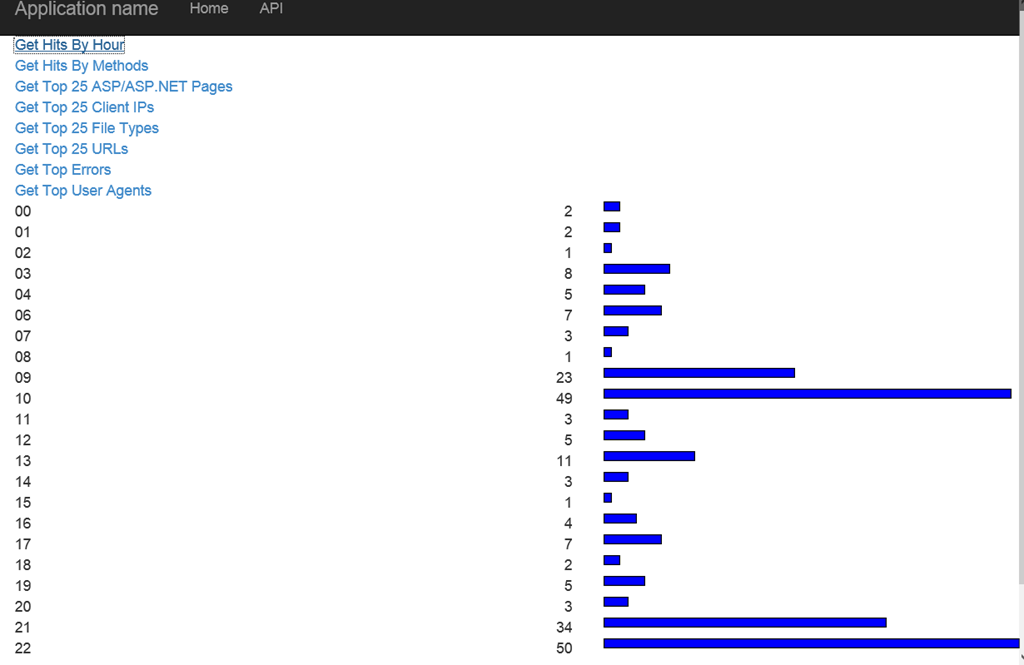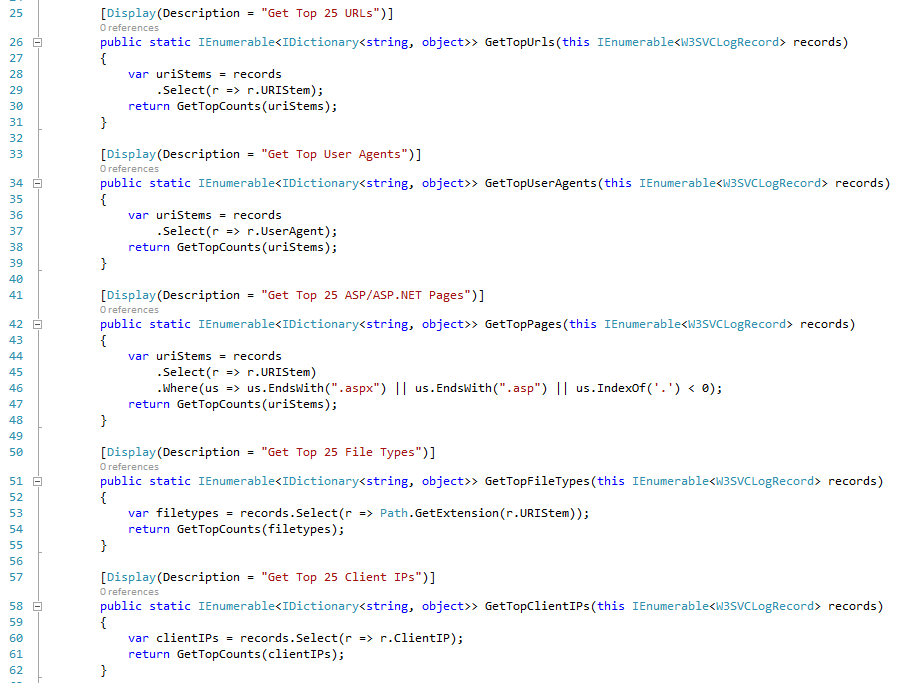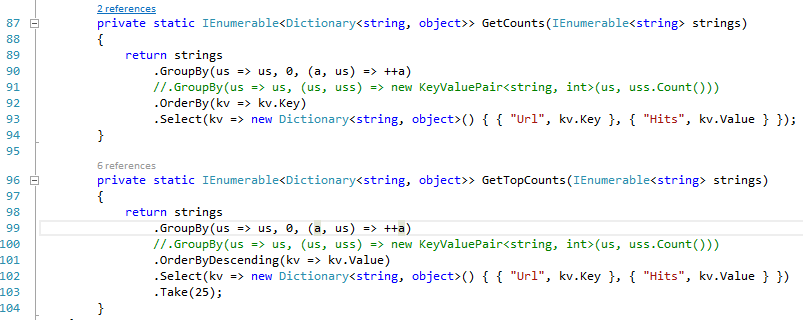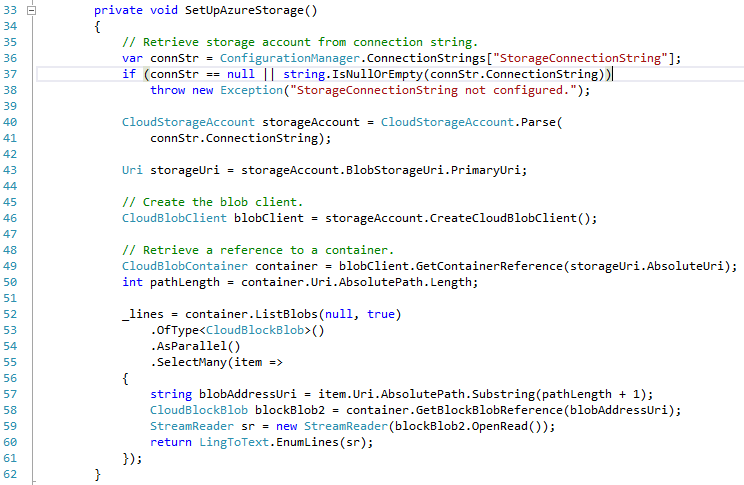Contents tagged with ASP.NET Web API
-
Video review: RESTful Services with ASP.NET Web API from PACKT Publishing
Disclaimer: I was provided this video for free by PACKT Publishing. However, that does not affect my opinion about this video.
Upon request by PACKT Publishing, I agreed to watch and review the video “RESTful Service with ASP.NET Web API” by Fanie Reynders. Prior to the review, I have a EBook called “Designing Evolvable Web APIs with ASP.NET - Harnessing the power of the web” by Glenn Block, Pablo Cibraro, Pedro Felix, Howard Dierking and Darrel Miller from O’Reilly. I also have access to several videos on the Pluralsight.com on the same subject. So I would put my review in perspective with those other materials.
The video from Packt has the length of 2 hours 4 minutes. It gave a nice overview over the ASP.NET Web API. The video is available for watch online or for downloading to watch offline. The video has 8 chapters. It covers the ASP.NET Web API in a clear and accurate way and is surprisingly complete for this short length.
In comparison with other resources, I would recommend you get this video if you have never worked with ASP.NET Web API before and want to get a complete overview in a short time possible.
If you love video, Pluralsight is offering the equally good and slightly longer (3h 15m) “Introduction to the ASP.NET Web API” by Jon Flanders. You would need subscription to access the exercise materials thought. If you do subscribe, Pluralsight also has a couple of intermediate level videos by Shawn Wildermuth.
Lastly, if you want an in depth book that you can use for a extended period of time, it is hard to beat Glenn Block, etc.’s book from O’Reilly.
-
SkyLog: My first end-to-end example on programming by composition
I have completed my first end-to-end example as I am exploring the idea of programming by composition. SkyLog is an example on querying IIS Log files like what LogParser do, except:
- It is built on LINQ and thus can use the entire .net framework, not just the built-in functions of LogParser.
- It can use Parallel LINQ and thus uses multiple cores effectively.
- Any part of a query can be refactored into a function and thus reused.
- We just need to write the queries once and the queries can be used against one log file, a whole directory of log files, several servers, and in any storage, such as Azure Blog Storage.
The running example are available at http://skylinq.azurewebsites.net/skylog. The example runs the query against some log files stored in Azure Blog Storage.
The queries in the example are from http://blogs.msdn.com/b/carlosag/archive/2010/03/25/analyze-your-iis-log-files-favorite-log-parser-queries.aspx.
The queries look even simpler than what you normally write against LogParser or SQL Server:
That is because part of the queries were refactored into two reusable functions below. We cannot reuse part of query with LogParser. With SQL Server, we can create reusable units with View. With LINQ, we can reuse any part of the LINQ query.
Note that I used the memory efficient version of GroupBy written by me previously. The equivalent code using the GroupBy in LINQ is commented out.
To run these reports, we just need records from the log files as IEnumerable<string>. To get them from a directory, the code would look like:
To get records from Windows Azure Blob Storage, the could would look like:
Lastly, we need to convert IEnumberable<string> to strongly-typed wrapper, IEnumerable<W3SVCLogRecord>, to be consumed by the reports:
I touched upon the idea of strongly-typed wrapper previously. The purpose of strongly-typed wrapper is to allow intelligence while minimize the garbage collection. The wrapper provides access to underlying data, but does not convert the data to a data-transfer-object.
The front-end is a simple ASP.NET MVC page. Reports are exposed through ASP.NET Web API using the CSV formatter that I built previously. The visualization was built using D3.js. The code is so simple that we could think each line of the code as Javascript based widgets. If we desire more sophisticated UI, we could compose the UI with a different widget. We could even introduce a client-side template engine such as Mustache.js.
Even with simple example, there are enough benefits in it so that I probably would never need to use LogParser again. The example is fully built on LINQ to IEnumerable. I have not used any cool feature from IQueryable and Rx yet. As usually, the latest code is in http://skylinq.codeplex.com. Stay tuned for more fun stuff.
-
Custom Web API Message Formatter
ASP.NET Web API supports multiple message formats. The framework uses the “Accept” request header from the client to determine the message format. If you visit a Web API URL with internet explorer, you will get a JSON message by default; if you use Chrome, which sends “application/xml;” in the accept header, you will get a XML message.
Message format is an extensivity point in Web API. There is a pretty good example on ASP.NET web site. Recently, when I worked on my SkyLinq open source cloud analytic project, I needed a way to expose data to the client in a very lean manner. I would like it to leaner than both XML and JSON, so I used csv. The example provided on the ASP.NET website is actually a CSV example. The article was lastly updated on March 8, 2012. Since ASP.NET is rapidly advancing, I found that I need to make the following modifications to make the example working correctly with Web API 2.0.
- CanReadType is now a public function instead of a proetected function.
- The signature of WriteToStream has changed. The current signature is
- When addition the Media Formatter to the Configuration, I have to insert my custom formatter into the formatters collection as the first. This is because the JSON Formatter actually recognizes the “application/csv” header and send JSON back instead. Example below:








